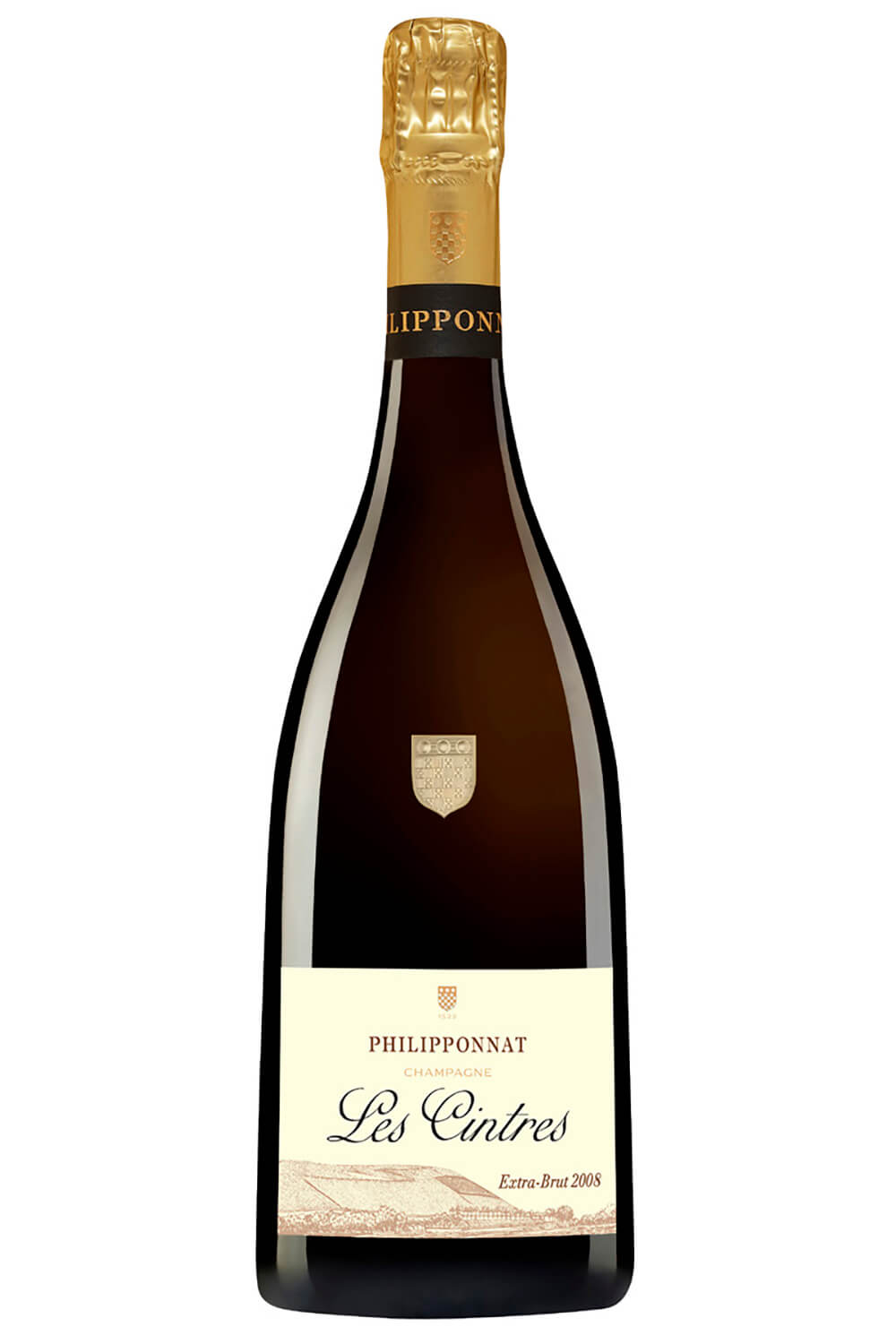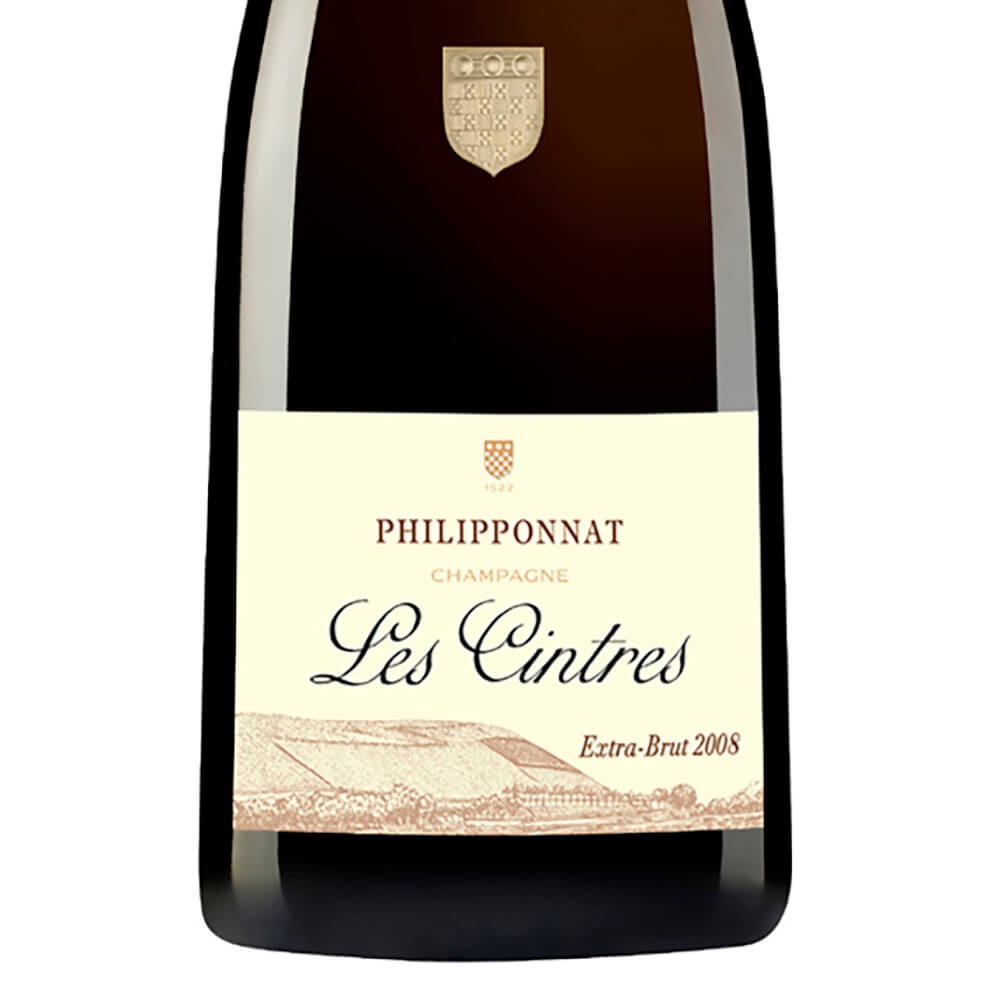Philipponnat Clos des Goisses Les Cintres 2008 Champagne: Magnificence From The First Single-Vineyard Champagne Ever Made
by Ken Gargett
The fabulous Philipponnat Clos des Goisses is considered to be the first vineyard-specific champagne ever made, dating back to 1935 when the vineyard was purchased by Pierre Philipponnat. Philipponnat established the house in 1910, though the family has owned vines in the district since at least 1522.
Others followed like Cattier’s Clos du Moulin in 1952. Possibly the most famous are the Krug twins, first Clos du Mesnil and subsequently Clos d’Ambonnay. Some producers make nothing but – the wonderful Oliver Collin at his estate, Ulysses Collin (named after his father), is a single-vineyard specialist.
These are exceptions. Champagne is a region that blends. Its makers blend varieties, vintages and vineyards, even regions with the overall district. That is what these specialists do. The move to more of these vineyard-specific sites, however, was always going to follow the increasing interest and curiosity in the wines and the region. The search for terroir. And few vineyards on the planet can offer terroir like Clos des Goisses.

Philipponnat Clos des Goisses Les Cintres 2008 Champagne
Clos des Goisses is not just one of my favorite vineyard-specific champagnes, it is one of my all-time favorite champagnes. Sheer class. But it is not your typical champagne, coming from a rare, warmer site in the Mareuil-sur-Ay region, quite a steep, south-facing slope bordering the River Marne. The entire site is 5.5 hectares.
The wine is usually around two-thirds Pinot Noir and one-third Chardonnay. There is a Vinothéque version (which has spent even more time on the yeast lees before they are removed, meaning an extra level of complexity) and a rosé. And in the late 1990s, Philipponnat even dabbled in non-dosage versions, champagnes with no sweetness at all added at the end of the procedure, something reasonably rare as almost all champagnes have sweetness added in varying degrees.
The slope has resulted in a much warmer site than is usually found in the region, allowing Clos des Goisses to be made in far more vintages than is usual. In fact, since 1935 Philipponnat has only missed 12 vintages. That is almost unheard of.
That makes Philipponnat pretty much (I say “pretty much” as I do believe that there were a few small growers who released one, perhaps guided by economic necessity rather than the pursuit of quality) the only producer I know of to have released a 2001, universally considered an utterly abhorrent vintage. Yet Philipponnat’s is an impressive wine.
This special vineyard allows for them to seek out small quantities of grapes that overcome the conditions and to make champagne that far exceeds what could be expected in almost every year.
A couple of years ago at a tasting in Europe, we were served a lovely champagne (blind). It obviously had significant age but was still drinking beautifully. To the stunned amazement of all (none of us got close to picking the true age), it was the 1956 Clos des Goisses, a wine I doubt any of us even realized was ever made. The 1956 is another horror vintage and yet, well over 50 years later, it was drinking superbly.

Philipponnat Clos des Goisses Les Cintres 2008 Champagne
Clos des Goisses has always been known as one of Champagne’s longest-living wines, and this was compelling proof.
Mareuil-sur-Ay might be the source of this marvelous wine, but it managed to achieve only Premier Cru status, not the coveted Grand Cru. This would seem a major oversight, due for rectification. One might say it is Champagne’s version of Clos St. Jacques or Les Amoureuses, two of Burgundy’s great Premier Cru vineyards, which many believe should be elevated to Grand Cru status.
Some have argued that this is the finest single-vineyard site in the entire region. It does seem prime Pinot Noir territory, though Philipponnat has a significant proportion of Chardonnay. The wines usually offer a wonderful richness of fruit with an underlying chalky minerality.
Philipponnat’s prestige wine from its prestige wine: Clos des Goisses Les Cintres Champagne
Philipponnat has recently started releasing a prestige wine from its prestige wine, if that makes sense. In suitable vintages – so far just 2006 and 2008 – tiny quantities of Pinot Noir from a trio of selected sites within Les Grands Cintres and Les Petits Cintres are taken to make Clos des Goisses Les Cintres.
The story is that apparently a French critic thought that these sites might make a fine red wine and he pushed Philipponnat to do so. Fortunately, sanity prevailed and the house stuck to fizz (although it does make tiny quantities of still Chardonnay).
The seed was planted, however, and Philipponnat did use those small patches of vineyard to make a 100-percent Blanc des Noirs. Not much is made: 2,187 bottles only for 2008.
There is no malolactic; all juice, first press only, is fermented in small oak; and the dosage is 4.5 grams/liter. The wine spends nine years on lees.
Philipponnat is gaining a reputation as a house unparalleled when it comes to Blanc des Noirs with four (Blanc de Noirs Millésime, Mareuil-sur-Aÿ, Le Léon Aÿ Grand Cru, and Les Cintres), but this is surely the jewel in the crown.
The color of the wine is golden and, looking hard, there may have been the merest hint of pale pink (or that may have been my imagination). And wine it is, rather than typical champagne – “Burgundy with bubbles” is the easy and obvious thought here.
Still tight and powerful with great complexity, the flavors are explosive on the palate with a delightful strawberry/raspberry note. Finely balanced and taut with excellent length, it retains the traditional Clos des Goisses chalky minerality.
A seductive creamy texture. Delicious drinking, it finishes with one of Burgundy’s most elusive, yet desirable qualities: the peacock’s tail (imagine your wine starts out with a pleasant sip and then opens up to reveal all manner of glories, much in the manner of a peacock’s tail).
For me 97 and room to move. I think it will be fascinating to watch it age.
One can imagine drinking this in a forest as the leaves go golden. It would be a perfect match for duck.
One of the great wines of Champagne just got even more interesting.
For more please visit www.philipponnat.com/documents/13_LES_CINTRES_2008_EN.pdf.
You may also enjoy:
Louis Roederer Cristal 2008: Supreme Elegance And Ethereal Grace
Pol Roger Cuvée Sir Winston Churchill 2006: From A Long And Complex History
Perrier-Jouët Belle Epoque Blanc de Blancs: One Of The Finest Champagnes I Have Ever Enjoyed
Bollinger RD 2004: When It Came To Champagne (And Much Else), Madame Bollinger Had Excellent Taste
Louis Roederer Rosé 2012: A Gloriously Ethereal And Elegant Champagne



Leave a Reply
Want to join the discussion?Feel free to contribute!